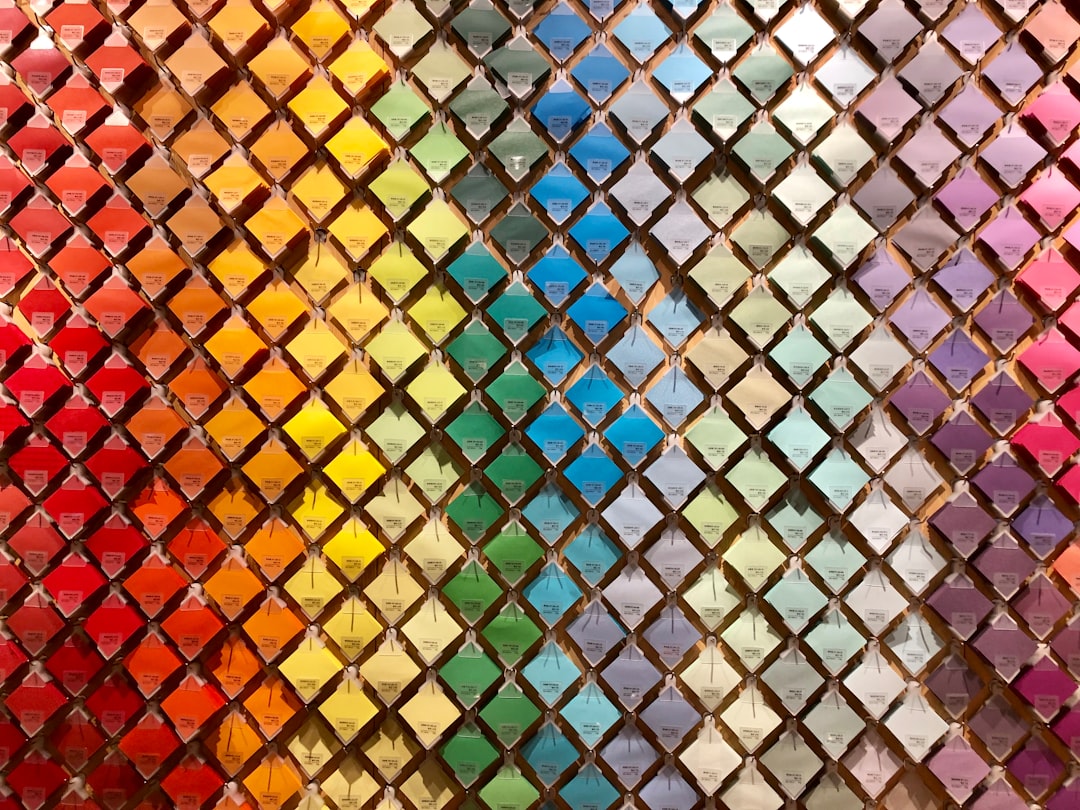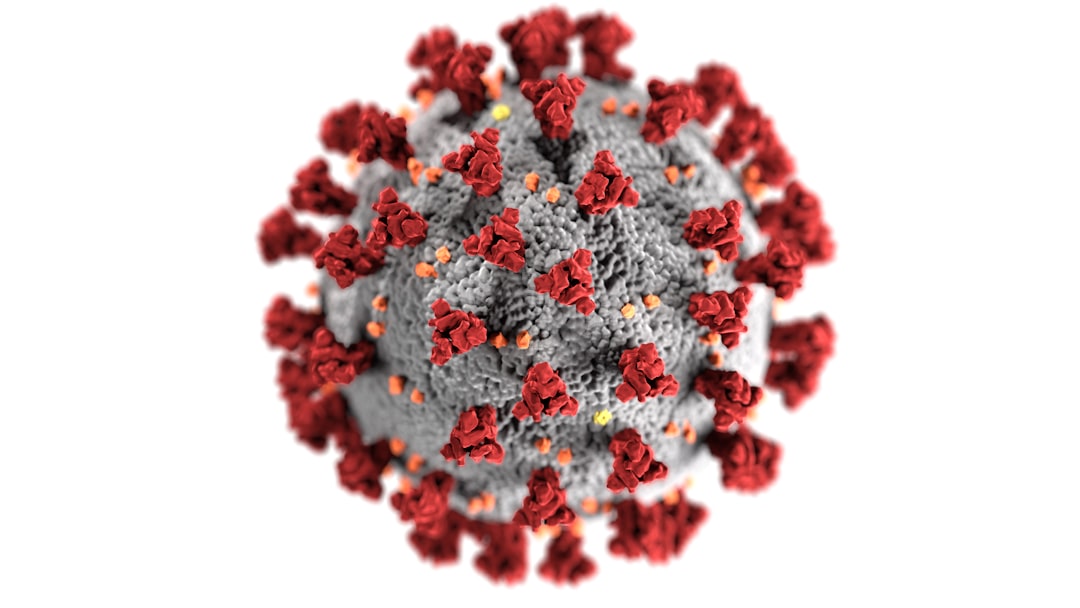What is it about?
Auger recombination is a phenomenon that an electron is scattered from the conduction band into the valence to recombine with a hole, while the energy of this electron is transferred to another electron to be scattered up to a higher energy state within the conduction band.6 The efficiency of this Auger recombination process depends on the energy band structure of the material and the presence of Coulomb-induced charge carrier energy relaxation channels. In conventional semiconductors, these relaxation channels are suppressed by the restriction from the energy and momentum conservations, which are hard to compromise at the same time due to the bandgap and energy dispersion of the conventional semiconductors. In contrast, nano-graphite is expected to show an efficient Auger recombination scattering effect, where the so-called hot carriers generation has been theoretically predicted and experimentally measured. In the nano-graphite, Auger recombination occurs via Coulomb-induced intra-band scattering bridging the energy states below and above the Fermi level.
Featured Image

Photo by Denny Müller on Unsplash
Why is it important?
The Schottky photodiode is a junction device, where one metal contacts with another semiconductor to form a depletion junction at their interface. The metal acts as a photon sensing material, while the semiconductor acts as an electron collector. One of the benefits of this type photodetector is that the metal has no bandgap limit for the light absportion. Therefore, this type of photodetector can be used for detecting photons with energy lower than the bandgap of that semiconductor. As converting photons into the electrical current is a crucial process for photodetectors, an advanced concept to increase their conversion efficiency for detecting low-energy photons can be based on the hot carrier scattering mechanism. The hot carriers in metal are scattered up to higher energy states to overcome the Schottky barrier height, and thus can be collected as a photocurrent by the semiconductor.
Perspectives
The graphene and the nano-graphite can be used as the metal part of the Schottky photodiode. The nano-graphite has higher absorption rate than graphene at the mid-infrared wavelength range. However, directly mapping the photo-induced hot carrier distribution in nano-graphite was limited to high photon energy and low light fluence, where the Auger recombination process is not dominated. Aside from studies on the single-layer and multi-layered graphene, only a few experimental investigations on nano-graphite have been reported. Recent work shows a strong Auger recombination effect in an optically excited graphitic material, suggesting novel graphite-related optoelectronic applications, especially for the design of high-efficiency infrared photodetectors. Although Auger recombination has been observed in graphene and graphite, direct dynamic analysis is still missing. Furthermore, the experimental data has not yet been complemented by theoretical calculations for an enhanced hot carrier scattering effect in nano-graphite film.
Sichao Du
Zhejiang University
Read the Original
This page is a summary of: Auger scattering dynamic of photo-excited hot carriers in nano-graphite film, Applied Physics Letters, October 2022, American Institute of Physics,
DOI: 10.1063/5.0116720.
You can read the full text:
Contributors
The following have contributed to this page










